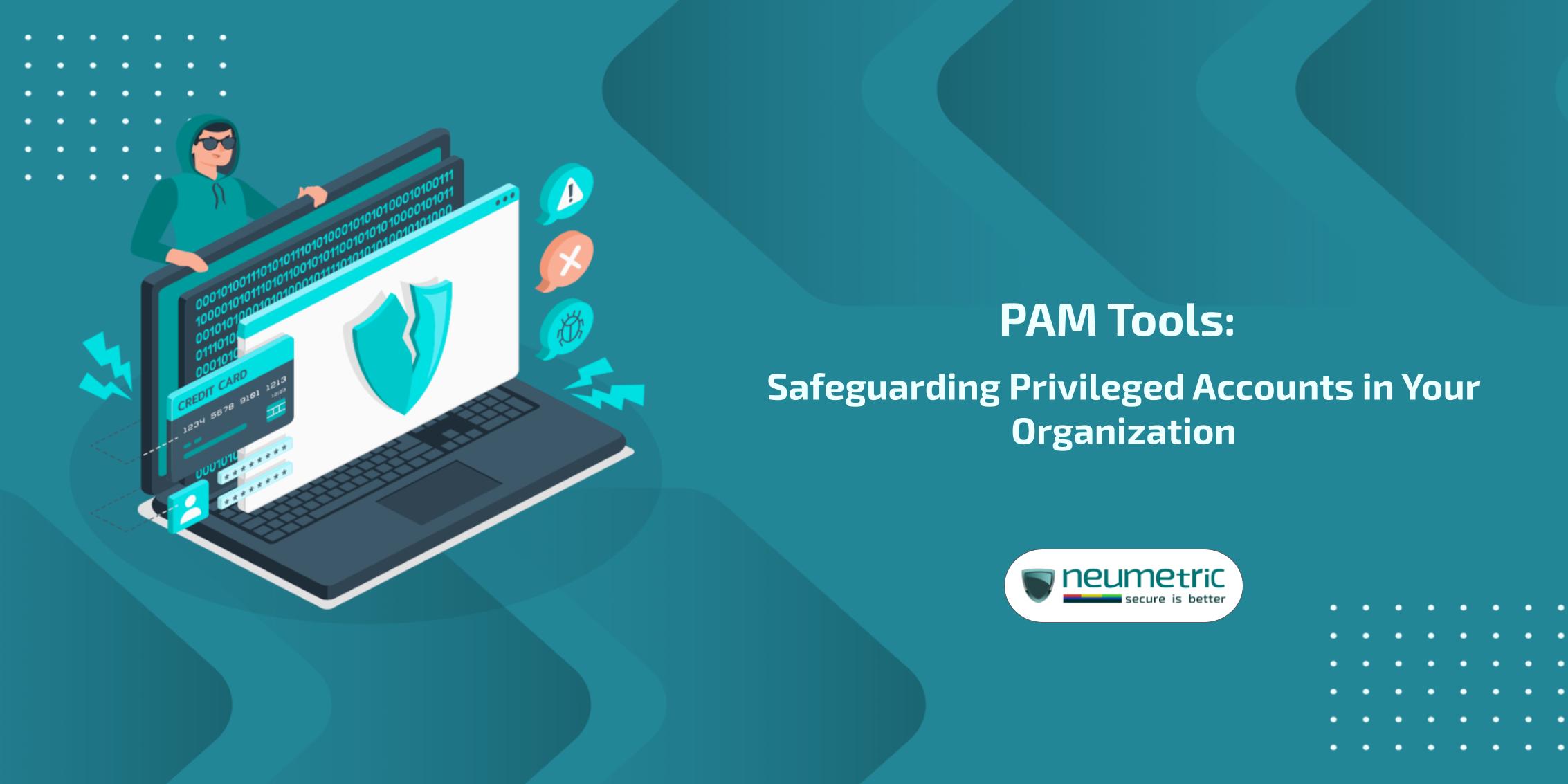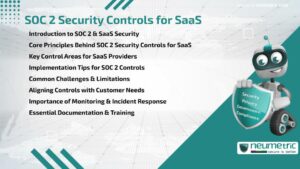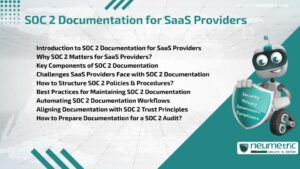Table of Contents
ToggleIntroduction
In today’s hyper-connected digital landscape, organizations face an ever-growing threat to their most valuable asset: privileged accounts. These accounts, holding the keys to an enterprise’s most sensitive data & critical systems, are prime targets for cybercriminals. This journal delves deep into the world of PAM tools, exploring how they serve as the ultimate shield for your organization’s privileged accounts & why they’re becoming indispensable in the modern cybersecurity toolkit.
The Rising Tide of Privileged Account Threats
Before we dive into the intricacies of PAM tools, it’s crucial to understand the landscape they’re designed to protect. Privileged accounts are the crown jewels of any organization’s IT infrastructure. They grant elevated access rights, allowing users to perform critical operations, modify system configurations & access sensitive data. While essential for smooth operations, these accounts also present a significant security risk if compromised.
The Alarming Statistics
Recent studies paint a concerning picture:
- According to a report by Forrester, eighty percent (80%) of data breaches involve privileged credentials.
- The Ponemon Institute found that the average cost of a privileged credential abuse breach is $4.77 million USD.
- Gartner predicts that by 2025, seventy percent (70%) of new access management, governance, administration & privileged access deployments will be converged into a single solution.
These numbers underscore the critical need for robust privileged account protection – a need that are designed to address.
Demystifying PAM Tools: Your Digital Bodyguards
PAM tools, at their core, are sophisticated software solutions designed to secure, control, manage & monitor privileged access to critical assets. Think of them as digital bodyguards, vigilantly protecting your organization’s most valuable accounts from both external threats & internal misuse.
The Core Functions of PAM Tools
- Access Control: PAM tools implement the principle of least privilege, ensuring users only have access to what they need, when they need it.
- Password Management: They generate, store & automatically rotate complex passwords for privileged accounts.
- Session Monitoring: They record & monitor privileged sessions, providing an audit trail of all activities.
- Multi-Factor Authentication: They add extra layers of security by requiring multiple forms of verification.
- Threat Detection: Advanced They use Artificial Intelligence [AI] & Machine Learning [ML] to detect & respond to suspicious activities in real-time.
The PAM Tools Ecosystem: A Closer Look
The world of PAM tools is diverse, with various solutions catering to different organizational needs. Let’s explore some of the key players & functionalities in this ecosystem.
Types of PAM Tools
- Password Vaults: These are the cornerstone of many PAM solutions, securely storing & managing privileged credentials.
- Privileged Session Management: These tools monitor & record privileged sessions, providing visibility into user actions.
- Privilege Elevation & Delegation: These solutions allow for temporary elevation of privileges, reducing the need for permanent privileged accounts.
- Application-to-Application Password Management: Designed to secure passwords used in application-to-application communication.
- Endpoint Privilege Management: These tools manage & monitor privileged activities on individual endpoints.
Key Features to Look for in PAM Tools
When evaluating PAM tools, consider the following essential features:
- Seamless Integration: The ability to integrate with existing systems & workflows.
- Scalability: The capacity to grow with your organization.
- User-Friendly Interface: Ease of use for both administrators & end-users.
- Robust Reporting: Comprehensive audit logs & customizable reports.
- Automated Password Rotation: Regular, automatic changing of privileged passwords.
- Just-In-Time Access: Granting privileges only when needed & for a limited time.
- Cloud Compatibility: Support for hybrid & multi-cloud environments.
The Implementation Journey: Deploying PAM Tools in Your Organization
Implementing PAM tools is not just about installing software; it’s a journey that involves careful planning, stakeholder buy-in & ongoing management. Let’s walk through the key steps of this journey.
Step 1: Assessment & Planning
Before diving into implementation, conduct a thorough assessment of your current privileged account landscape. Identify all privileged accounts, their owners & their usage patterns. This step is crucial for designing an effective strategy tailored to your organization’s needs.
Step 2: Choosing the Right PAM Tool
With a clear understanding of your requirements, research & evaluate different PAM tools. Consider factors such as:
- Compatibility with your existing infrastructure
- Scalability to accommodate future growth
- Total cost of ownership, including implementation & ongoing maintenance
- Vendor reputation & support services
Step 3: Phased Implementation
Rather than a big bang approach, consider a phased implementation:
- Start with a pilot program focusing on the most critical accounts.
- Gradually expand to cover more systems & users.
- Continuously gather feedback & refine your approach.
Step 4: Training & Change Management
The success of your PAM tools implementation heavily depends on user adoption. Invest in comprehensive training programs for both administrators & end-users. Address concerns proactively & highlight the benefits of the new system.
Step 5: Ongoing Monitoring & Optimization
PAM is not a set-it-and-forget-it solution. Regularly review & optimize your PAM strategy:
- Monitor usage patterns & adjust policies as needed.
- Stay updated on new features & security patches.
- Conduct regular audits to ensure compliance & identify areas for improvement.
The Ripple Effect: Benefits of Implementing PAM Tools
The implementation of PAM tools creates a positive ripple effect across your organization, enhancing security, compliance & operational efficiency.
Enhanced Security Posture
PAM tools significantly reduce the attack surface by:
- Eliminating shared accounts & weak passwords
- Implementing the principle of least privilege
- Providing real-time threat detection & response
Improved Compliance
Many regulatory frameworks require strict control over privileged access. These help organizations meet requirements by:
- Providing detailed audit trails
- Enforcing access policies
- Demonstrating due diligence in protecting sensitive data
Operational Efficiency
While security is the primary focus, they also contribute to operational efficiency:
- Automating password management reduces IT workload
- Just-in-time access reduces delays in critical tasks
- Centralized management simplifies administration
Risk Mitigation
By providing granular control & visibility over privileged activities, it help organizations:
- Detect & prevent insider threats
- Reduce the impact of external breaches
- Minimize the risk of accidental misuse of privileged accounts
Overcoming Challenges in PAM Tool Implementation
While the benefits of PAM tools are clear, their implementation is not without challenges. Let’s address some common hurdles & strategies to overcome them.
Resistance to Change
Challenge: Users may resist new processes that they perceive as cumbersome or unnecessary.
Solution: Focus on user education & demonstrating the benefits of PAM tools. Involve key stakeholders early in the process & address concerns proactively.
Complex Legacy Systems
Challenge: Integrating PAM tools with complex, legacy systems can be technically challenging.
Solution: Choose them with robust integration capabilities. Consider a phased approach, starting with less complex systems & gradually expanding.
Balancing Security & Productivity
Challenge: Overly restrictive policies can hinder productivity & lead to workarounds.
Solution: Implement just-in-time access & workflow-based approvals to maintain security without impeding legitimate work.
Keeping Up with Evolving Threats
Challenge: The threat landscape is constantly evolving, requiring continuous updates to strategies.
Solution: Choose PAM tools with regular updates & threat intelligence feeds. Invest in ongoing training for your security team.
Conclusion: Embracing PAM Tools for a Secure Digital Future
In an era where cyber threats are constantly evolving & the cost of data breaches is skyrocketing, it have emerged as a critical component of organizational cybersecurity strategies. By providing robust protection for privileged accounts, these tools not only enhance security but also drive operational efficiency & ensure regulatory compliance.
As we look to the future, the role of PAM tools will only grow in importance. With the increasing complexity of IT environments, the shift to cloud & hybrid infrastructures & the rising sophistication of cyber threats, organizations that fail to implement strong privileged access management strategies risk leaving their most valuable assets exposed.
Implementing PAM tools is not just a technical decision; it’s a strategic imperative. By embracing them & the best practices they enable, organizations can build a strong foundation for their digital security, enabling them to navigate the complexities of the modern digital landscape with confidence.
The journey to robust privileged access management may be challenging, but the rewards – in terms of enhanced security, improved compliance & operational efficiency – are well worth the effort. As you embark on or continue your PAM journey, remember that it’s not just about deploying a tool; it’s about fostering a culture of security awareness & responsible privilege use throughout your organization.
In the end, PAM tools are more than just a security solution; they’re a business enabler, allowing organizations to harness the full potential of their digital assets while keeping them secure. As cyber threats continue to evolve, it will stand as a crucial line of defense, safeguarding the privileged accounts that are the gateway to an organization’s most critical resources.
Key Takeaways
As we conclude our deep dive into PAM tools, let’s recap the core insights:
- They are essential for protecting an organization’s most valuable accounts from both external & internal threats.
- Implementing PAM tools involves a journey of assessment, planning, phased rollout & continuous optimization.
- The benefits of PAM tools extend beyond security, enhancing compliance, operational efficiency & risk mitigation.
- Successful implementation requires addressing challenges like user resistance & integration with legacy systems.
Frequently Asked Questions [FAQ]
How do PAM tools differ from traditional password managers?
While both manage passwords, PAM tools offer additional features like session monitoring, privileged account discovery & automated password rotation for privileged accounts.
Can PAM tools integrate with cloud services?
Yes, modern PAM tools are designed to work with both on-premises & cloud environments, offering features specifically for cloud service providers like AWS, Azure & Google Cloud.
How do PAM tools handle emergency access scenarios?
Many offer “break glass” procedures that allow authorized users to gain immediate access to critical systems in emergencies, with enhanced monitoring & post-event auditing.
Are PAM tools only for large enterprises?
While initially geared towards large organizations, many vendors now offer scalable solutions suitable for small to medium-sized businesses, recognizing that privileged account security is crucial for organizations of all sizes.
How do PAM tools handle third-party vendor access?
PAM tools can manage & monitor third-party access, often providing temporary, limited access credentials & recording all activities during vendor sessions for auditing purposes.





